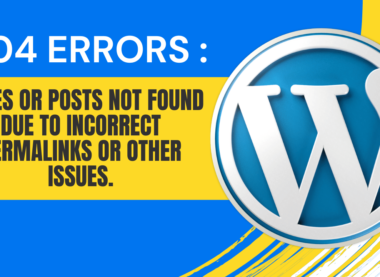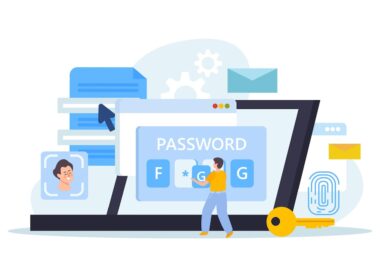Safeguarding Your WordPress Site: Identifying and Cleaning Malware Infections
In the digital realm, where the virtual landscape is constantly evolving, one of the biggest threats to website owners is malware infections. WordPress, being one of the most popular content management systems globally, is often targeted by cybercriminals seeking to exploit vulnerabilities for various malicious purposes. From injecting spam links to stealing sensitive information, malware can wreak havoc on your WordPress site if left unchecked. However, armed with knowledge and the right tools, you can identify and effectively clean malware or hacked files from your WordPress site.
Understanding Malware Infections
Before delving into the cleanup process, it’s crucial to understand the types of malware that can infect your WordPress site. Common malware includes:
- Backdoors: These allow attackers to bypass regular authentication and gain unauthorized access to your site.
- Spam Links: Malicious code injected into your site can redirect visitors to spammy or phishing websites.
- Phishing Pages: Hackers can create fake login or payment pages to steal sensitive information from unsuspecting users.
- Malicious Redirects: Your site may be hijacked to redirect visitors to other malicious sites.
- SEO Spam: Malware can inject hidden links or content to manipulate search engine rankings.
Identifying Malware Infections
Detecting malware on your WordPress site requires vigilance. Here are some signs that your site may be infected:
- Unexpected Changes: Look out for unauthorized modifications to your website’s appearance, content, or functionality.
- Slow Performance: Malware can consume resources, leading to sluggish site performance.
- Blacklist Warnings: Search engines like Google may flag your site as potentially harmful, displaying warnings to visitors.
- Strange Behavior: If your site behaves oddly, such as displaying pop-ups or redirects without your input, it may be compromised.
Cleaning Malware Infections
Once you suspect malware infection, swift action is paramount. Here’s a systematic approach to clean malware from your WordPress site:
- Backup Your Site: Before making any changes, ensure you have a recent backup of your website. This ensures you can revert to a clean version if necessary.
- Scan Your Site: Utilize reputable malware scanning tools such as Sucuri, Wordfence, or MalCare to scan your site thoroughly for malicious code or files.
- Identify Malware: Review the scan results to pinpoint infected files, directories, or database entries. Pay attention to any suspicious or unfamiliar code snippets.
- Remove Infected Files: Delete or quarantine identified malware-infected files. Exercise caution to avoid accidentally removing essential system files.
- Update WordPress and Plugins: Ensure your WordPress core, themes, and plugins are up-to-date. Vulnerabilities in outdated software can be exploited by malware.
- Change Passwords: Reset passwords for all user accounts, including administrators, to prevent unauthorized access.
- Reinforce Security Measures: Implement security measures such as two-factor authentication, strong password policies, and website firewalls to fortify your site against future attacks.
- Request Review: If your site was blacklisted by search engines, request a review once you’ve cleaned it to remove any warnings.
Proactive Measures to Prevent Future Infections
Prevention is always better than cure when it comes to malware infections. To safeguard your WordPress site proactively:
- Regular Updates: Keep your WordPress core, themes, and plugins updated to patch known vulnerabilities.
- Use Trusted Plugins and Themes: Only install plugins and themes from reputable sources. Avoid pirated or nulled themes/plugins, as they often contain malicious code.
- Limit Access: Restrict access to your site’s admin panel to trusted users only. Remove any unused plugins or themes to minimize attack surfaces.
- Security Plugins: Install security plugins like Wordfence, Sucuri, or iThemes Security to actively monitor and protect your site.
- Backup Regularly: Schedule regular backups of your website’s files and database to facilitate quick restoration in case of an attack.
- Stay Informed: Keep abreast of the latest cybersecurity threats and WordPress security best practices to stay one step ahead of potential attackers.
By implementing these measures and staying vigilant, you can effectively safeguard your WordPress site against malware infections and ensure a secure online presence for your business or personal endeavors. Remember, when it comes to cybersecurity, prevention and proactive maintenance are key.







